In the world of the supercar, the term ‘race car for the road’ is usually mere marketing hype. It’s a handy line that PR officers coin in an attempt to impress potential buyers and gullible journalists. Few of the supercars that have ever gone on sale have really deserved the tag, but one of those small number was the Yamaha OX99-11.
At this point you might be wondering what on Earth the OX99-11 was, and that’s understandable because it never really made the jump from prototype to production. Which is a shame, because this one car above all others could have given the contemporary Mclaren F1 a run for its money.
The fruits of the OX99-11 project were first made public in 1992, its premise being that this would be the closest thing to a Formula One car for the road. Of course the journalists assembled at the launch had heard it before, but in this case, it was true.
There was a 3.5-litre V12 engine in the middle of the car, and it was a detuned version of the powerplant fitted to Brabhams and Jordans in the early 1990s. Not only was this bolted directly to the monocoque, but mated to it was a transversely mounted six-speed gearbox, to which was mounted the suspension and various engine ancillaries. Also, the chassis was a carbonfibre honeycomb monocoque, so this really was using the best of the then-current F1 technology.
As a result of all this high-tech, the car’s price was set to be an eye-watering $1 million, but where else could you get anything like it? Add a proper bodyshell, air-conditioning, an all-synchromesh gearbox and exhausts catalysts to an F1 car, and this would be the result. However, after all this ultra-modern technology there was one throwback to another era, and that was the material chosen for the bodywork. Instead of carbonfibre, it was decided that hand-beaten aluminium panels gave the right impression of exclusivity.
Like its biggest rival the Mclaren F1, there was a central seating position for the driver. But instead of seating for another two occupants, there was merely one other chair, located directly behind the driver. Behind this seat was the bulkhead, and directly behind that was the 70º 3498cc V12. This was mounted rigidly to the tub of the car, and it was because of this lack of damping that the noise in the cabin as the engine worked its way up to its 10,000rpm red-line was unbearable. With four camshafts actuating five valves per cylinder, there was certainly plenty to listen to once the powerplant was on song.
Considering that the engine produced its maximum power of 420bhp at 10,000rpm, it was amazing how tractable it was at very low road speeds. Even at 1200rpm the engine wasn’t peaky, which was a direct result of the electronic control unit having been developed for ultimate usability. It was also a very clean unit, with three-way catalytic converters being incorporated into the stainless steel exhaust system. Transmitting the power to the road was a six-speed manual gearbox, which drove the rear wheels via a limited-slip differential.
The cockpit was very much race inspired, with carbon fibre all over the place and not too many concessions to luxury. Although there was plenty of room for a conventional steering wheel, an F1-style unit was fitted with a squared-off bottom. As if this wasn’t enough, it was also removable which was completely unnecessary, but it was all part of building up the required effect.
Although nobody ever officially tested the OX99-11 for the press, it was clear that it could have sold in limited numbers. But they would have been too limited for Yamaha, which couldn’t see a way of making money out of the project. When it was unveiled to the press it was already running late and was over budget. Even though hardly any more development was needed after testing throughout 1992, the plug was pulled on the project in 1993.
| Vital statistics | |
|---|---|
| Produced | 1992 |
| Number built | 3 |
| Engine | Mid-mounted, 3498cc, V12 |
| Transmission | Six-speed manual, rear-wheel drive |
| Power | 420bhp at 10,000rpm |
| Kerb weight | 1000kg |
| Top speed | 219mph |
| 0-60mph | 3.1 seconds |
| Launch price | $1 million |

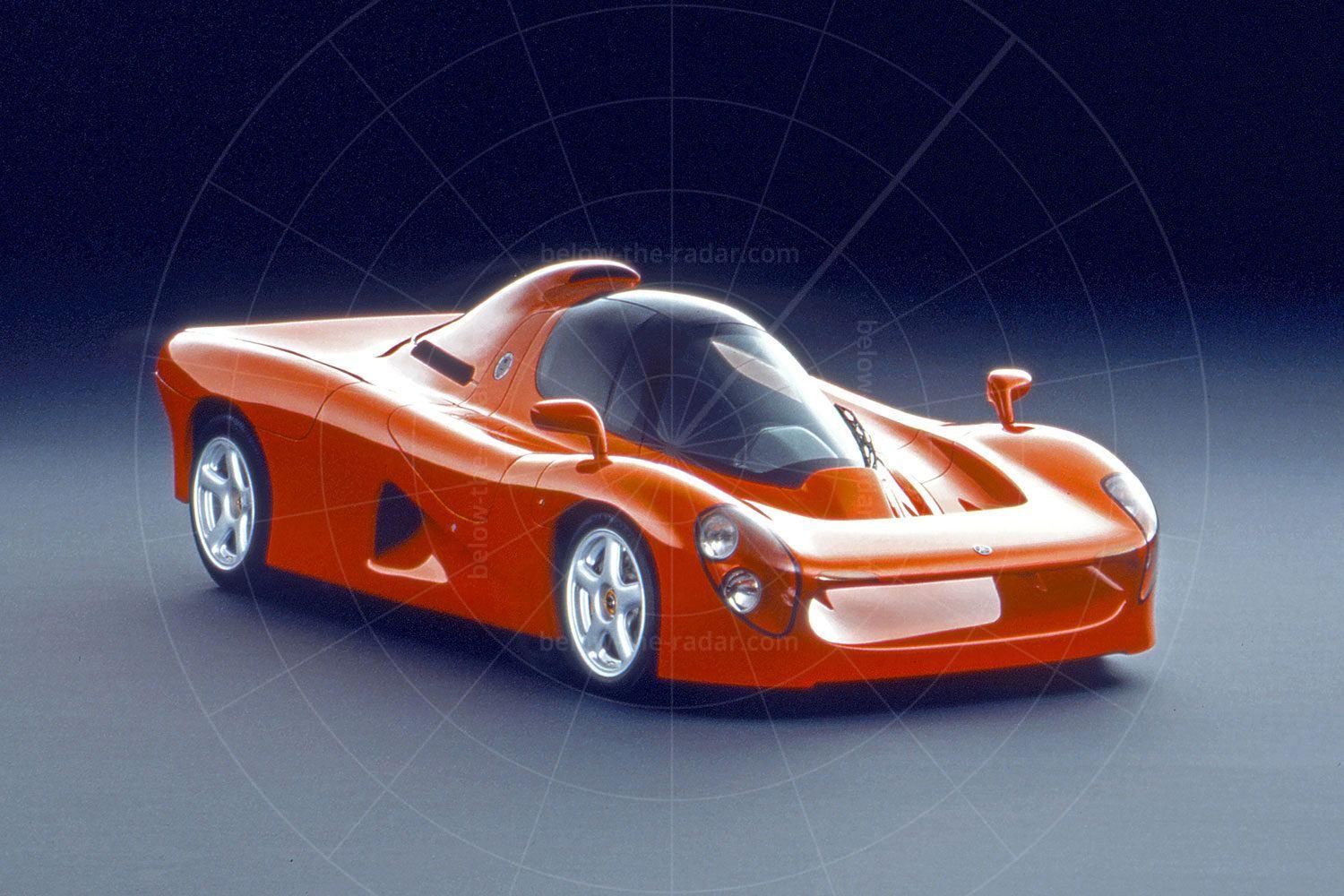
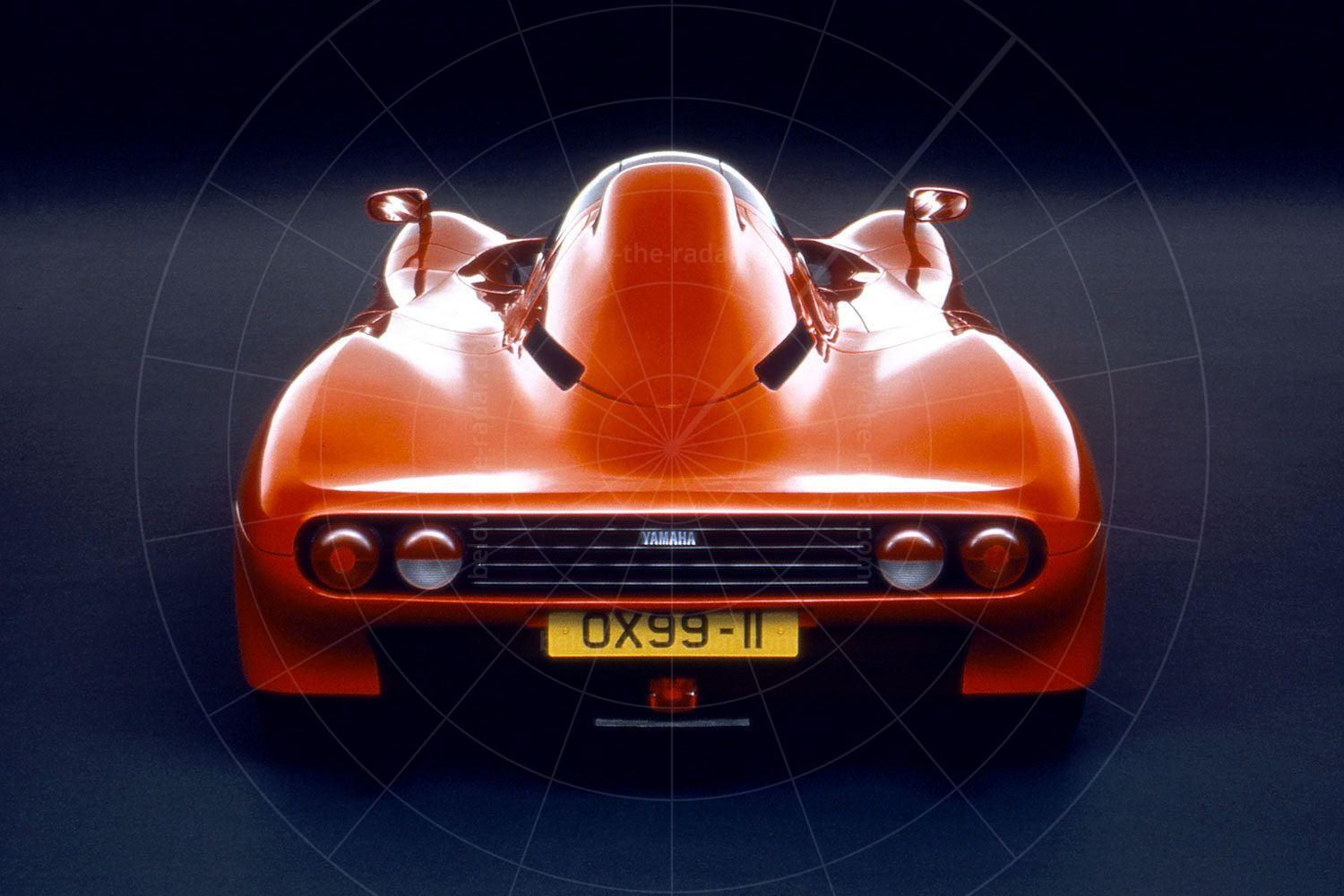
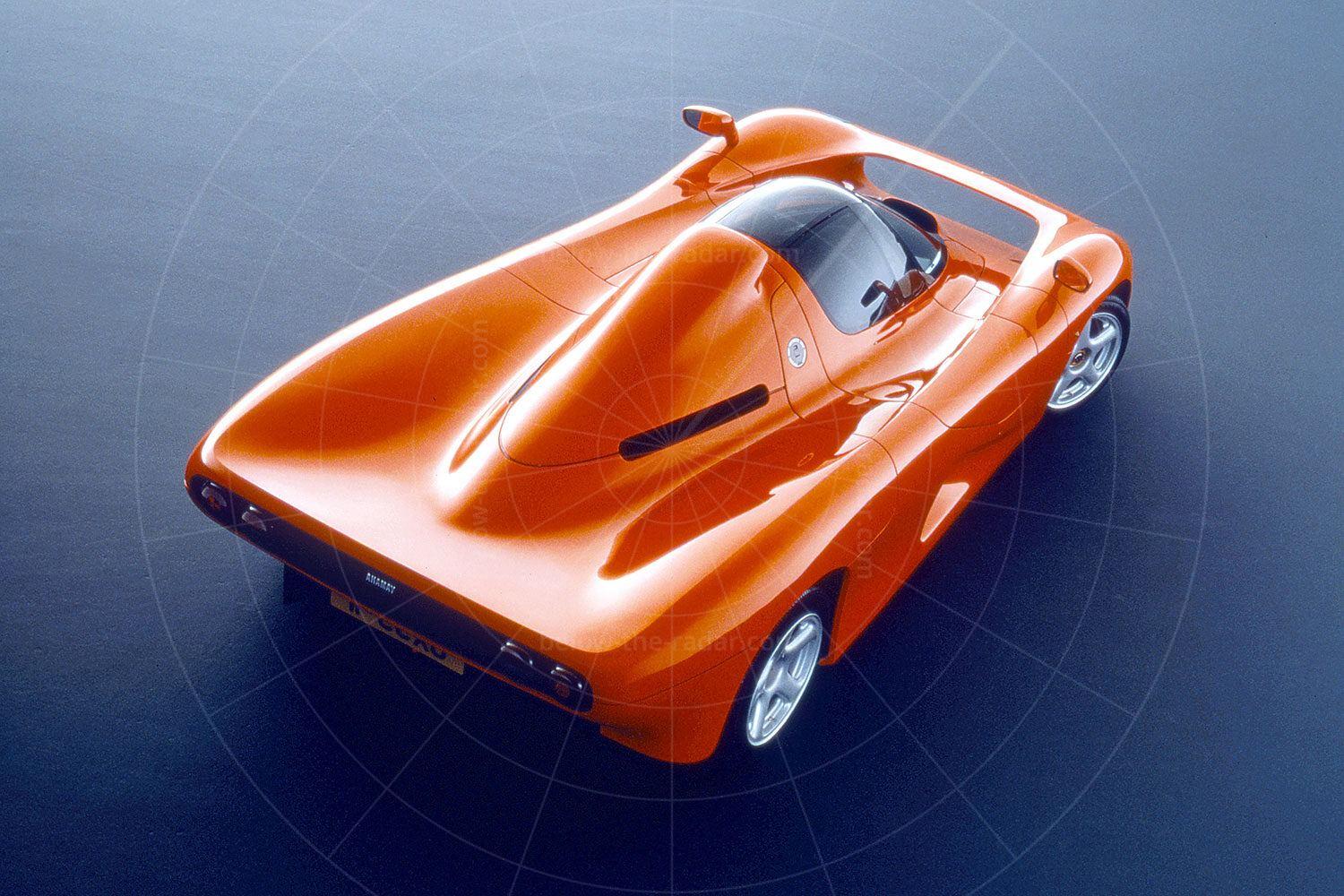
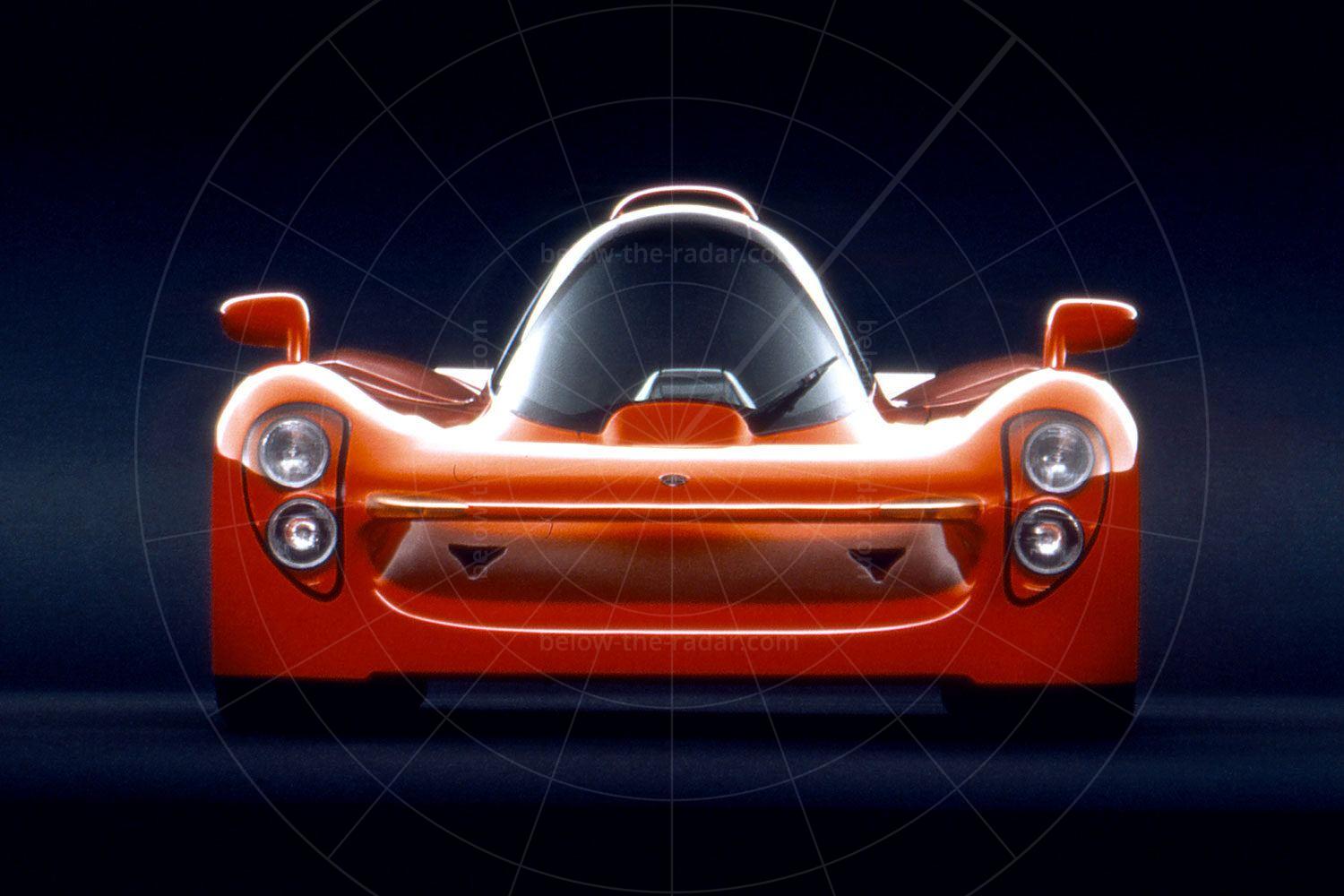
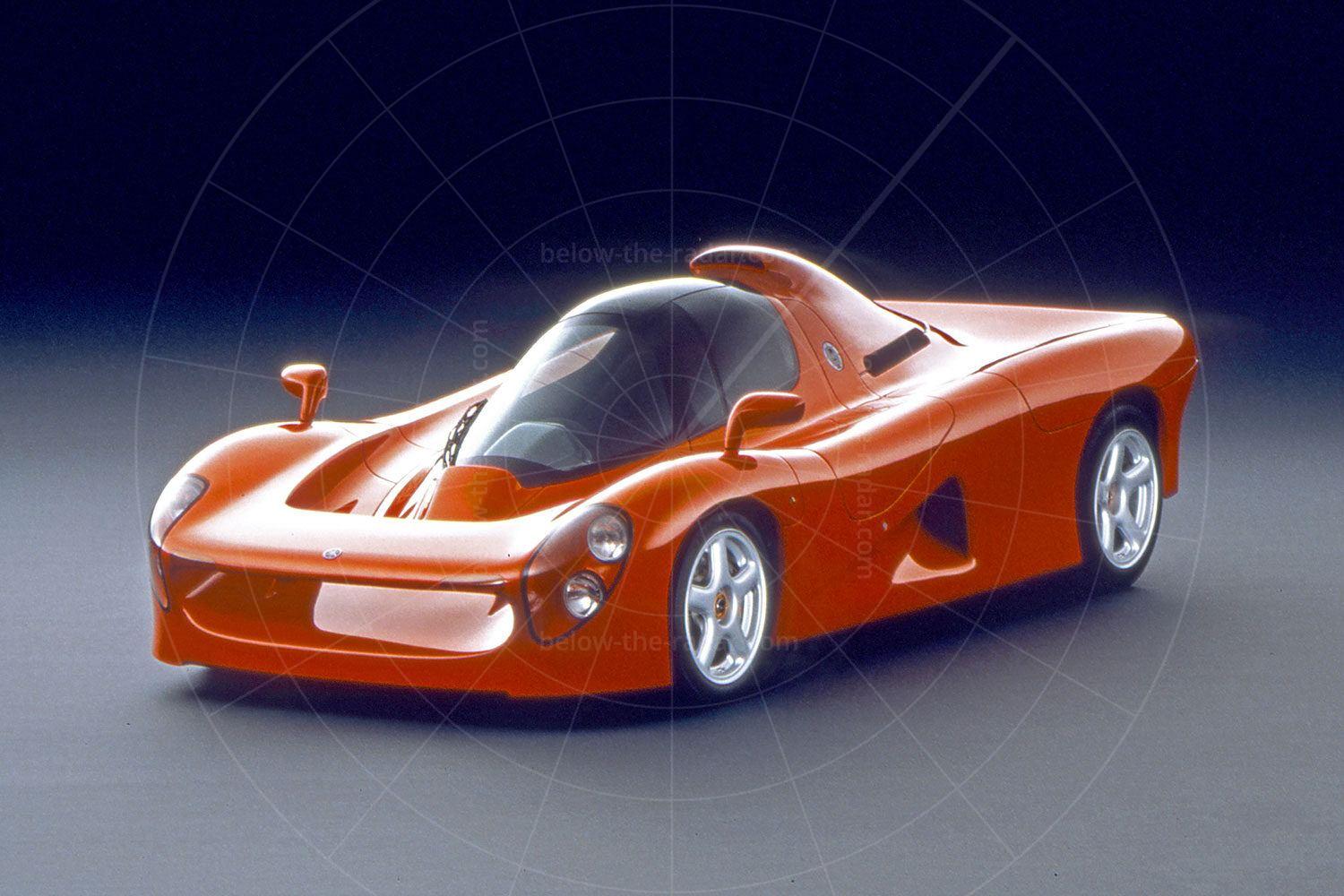
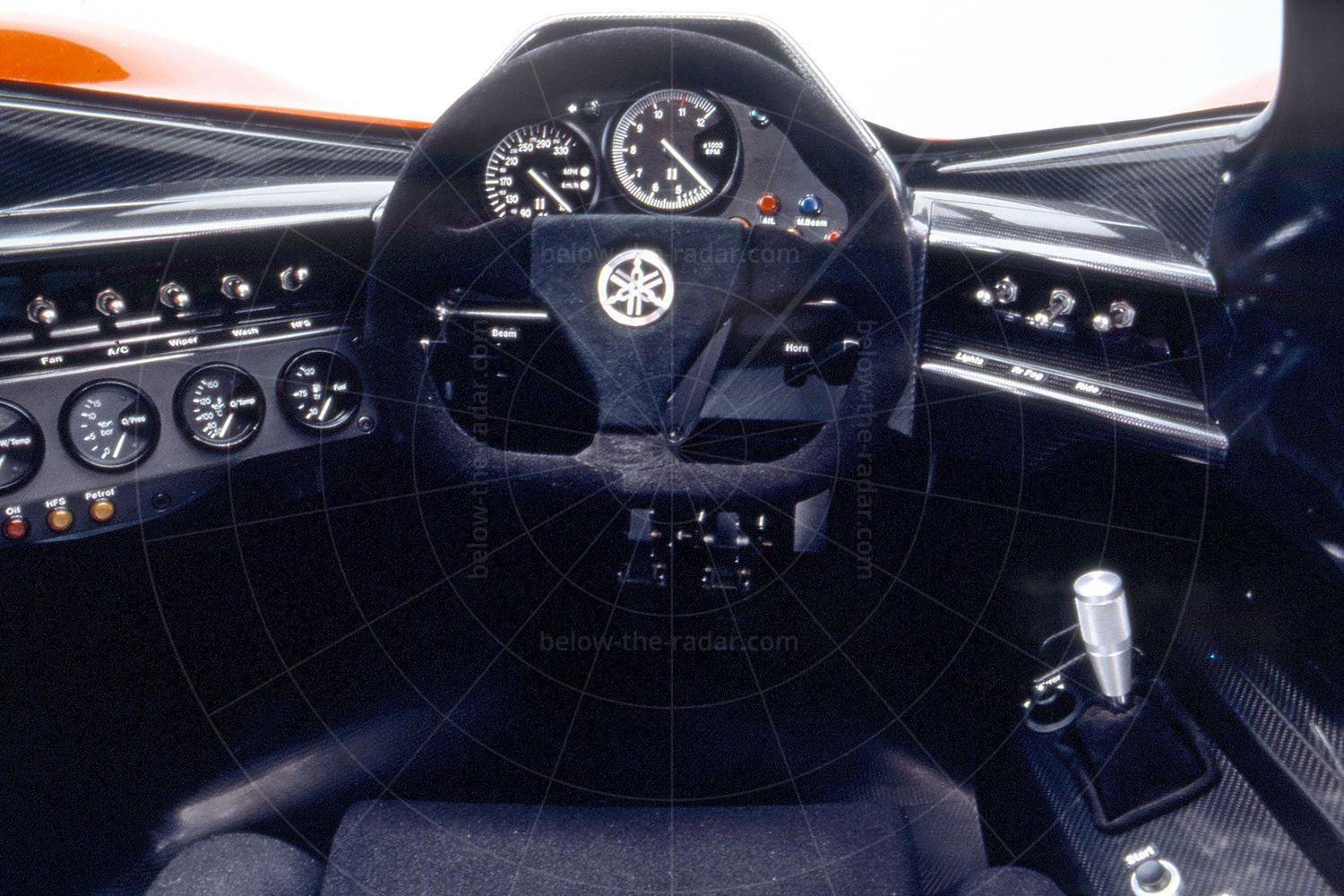
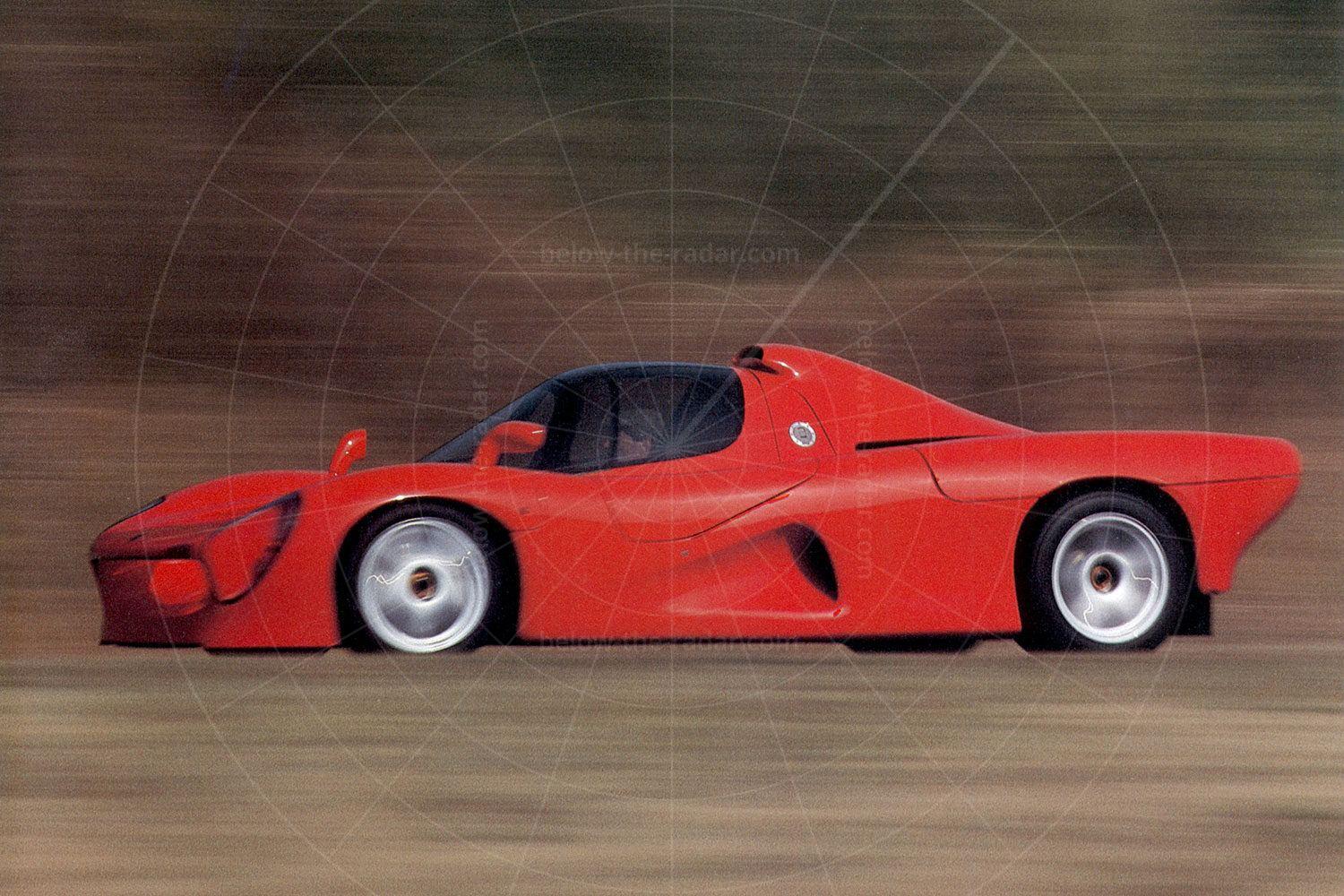
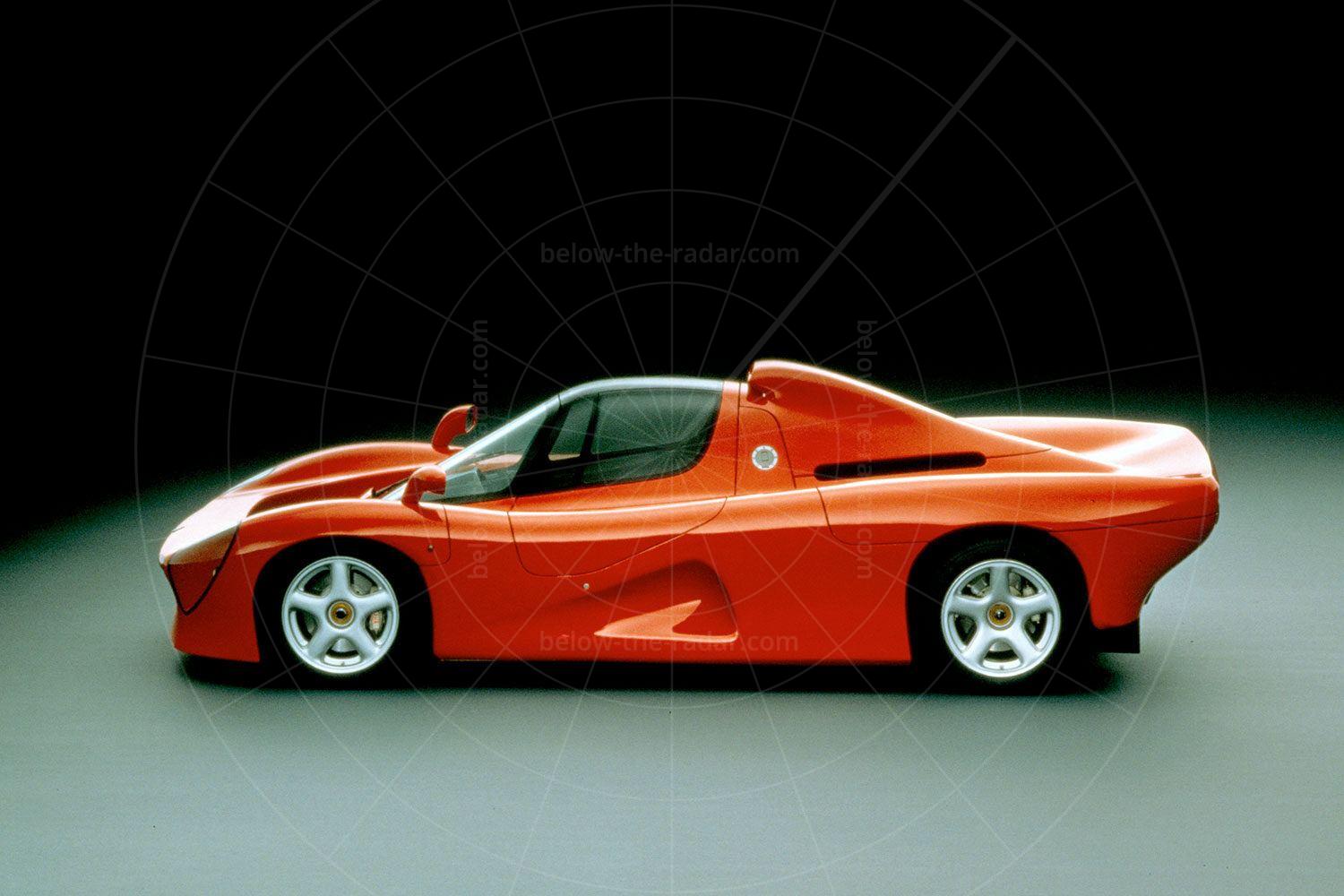
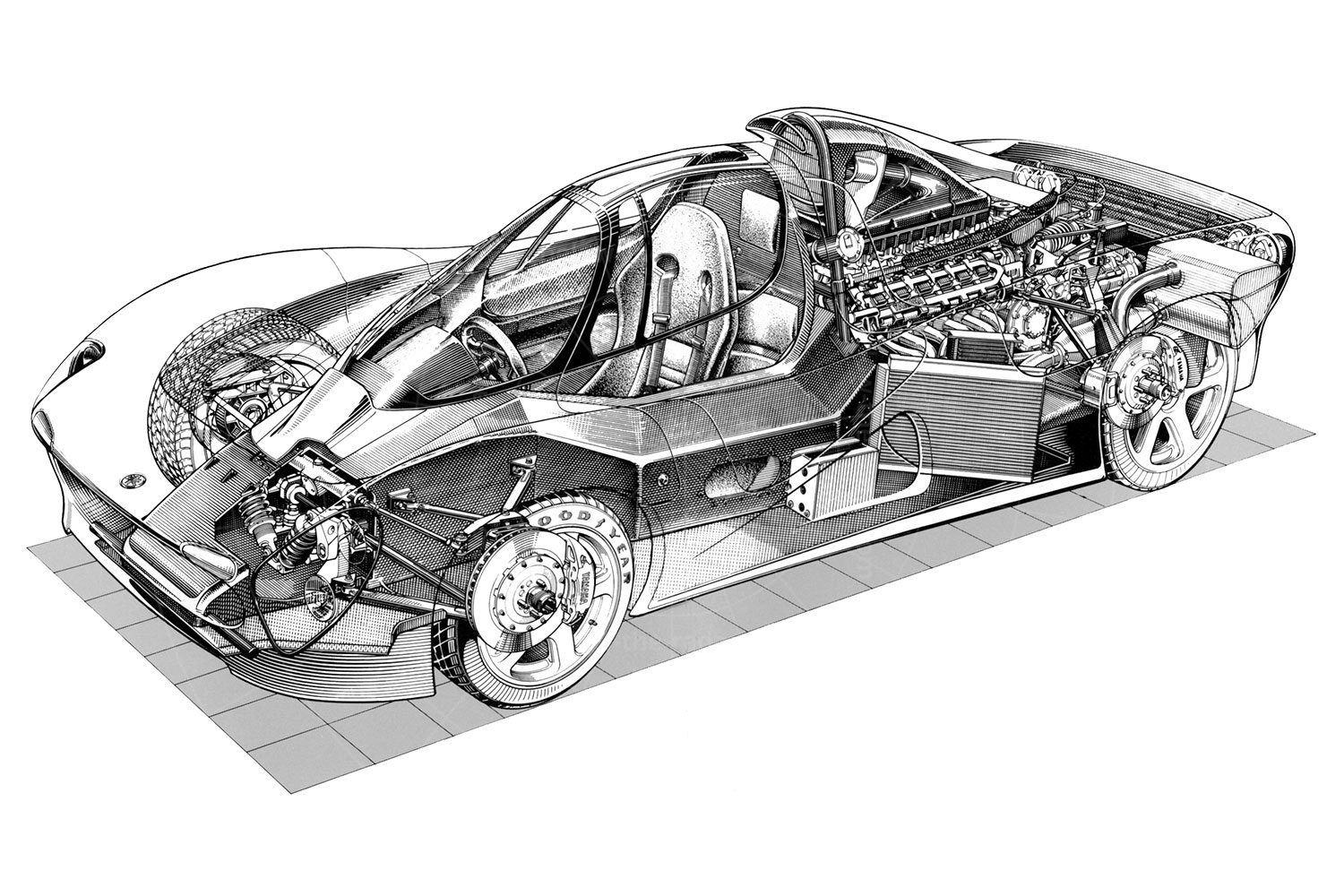

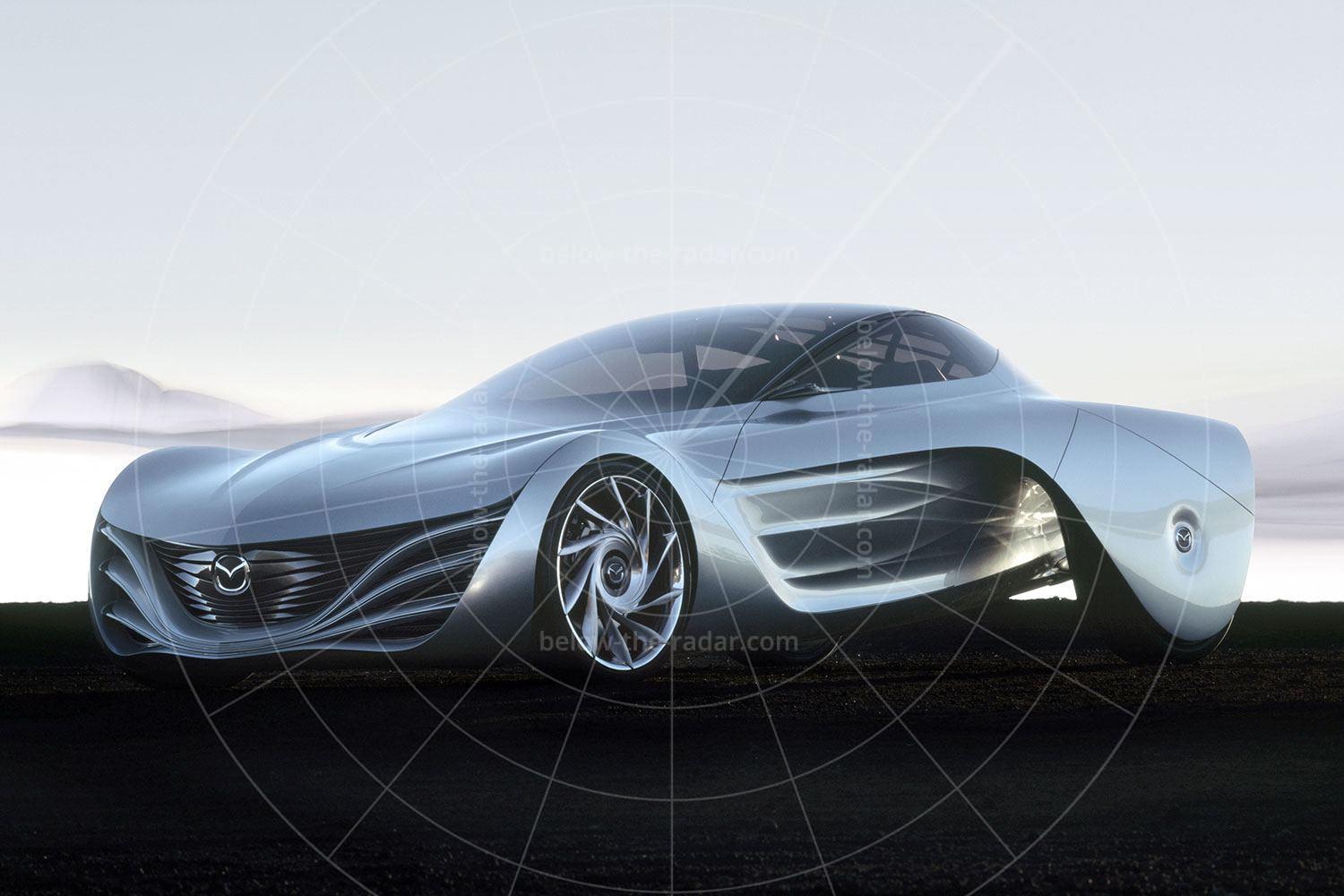
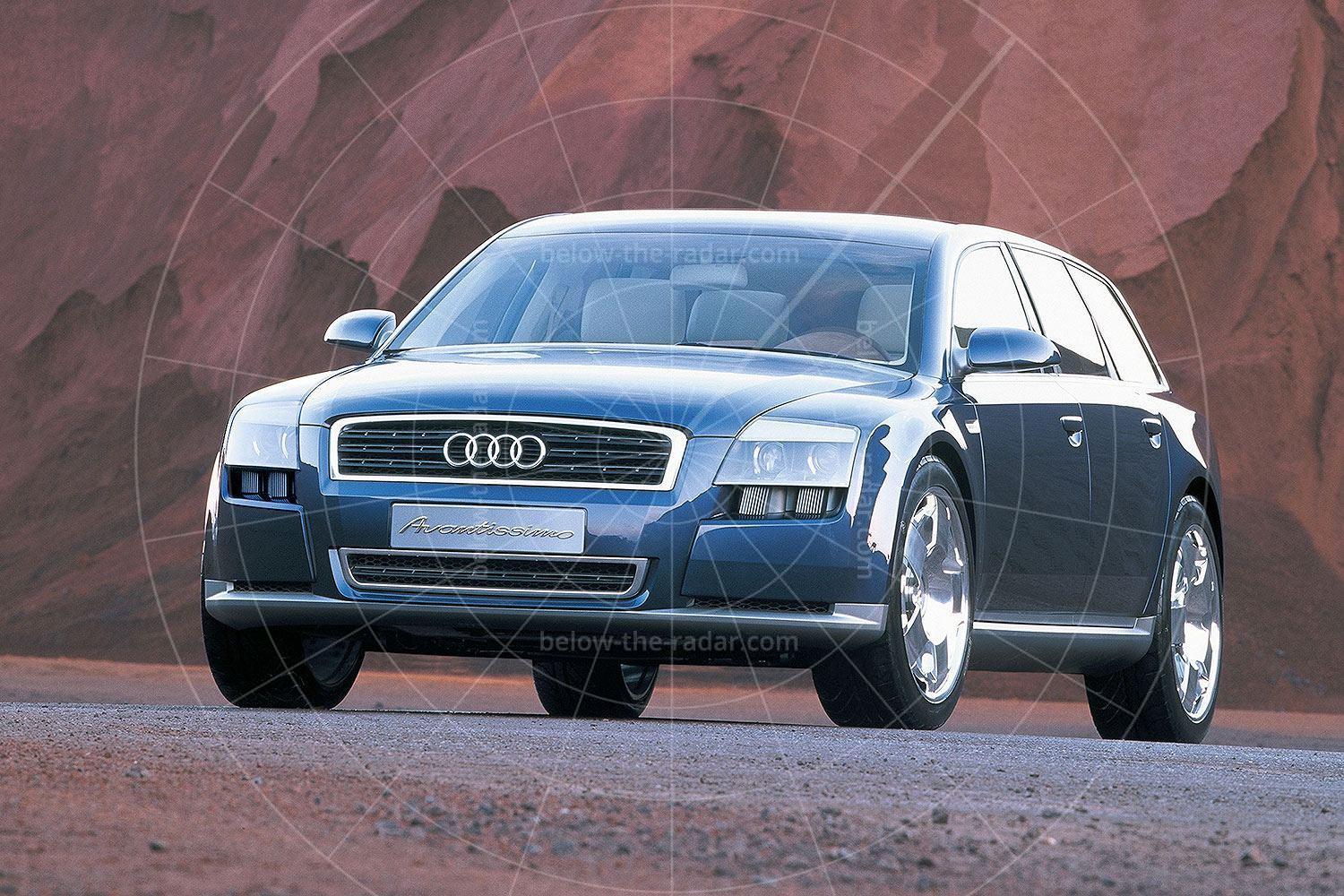
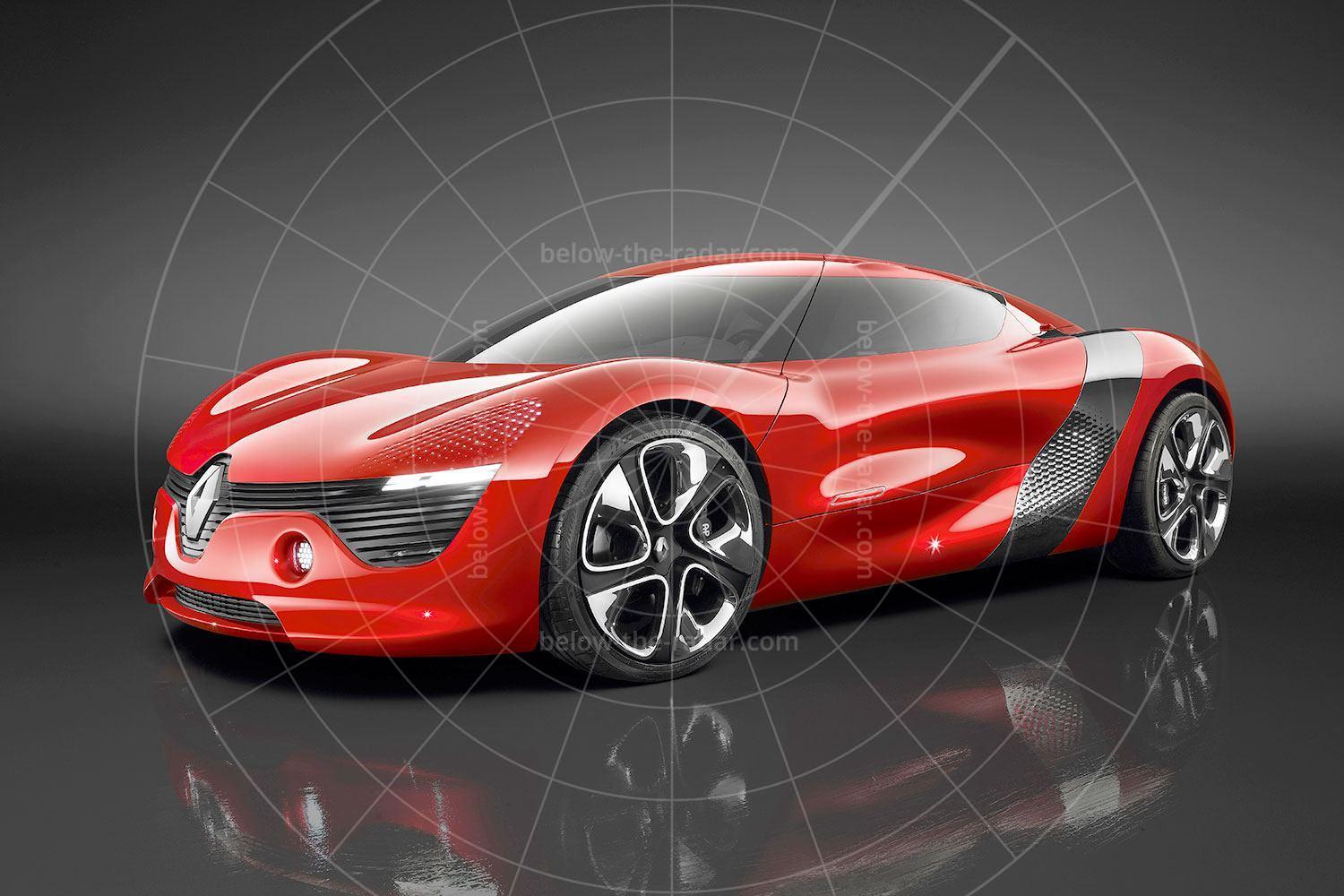
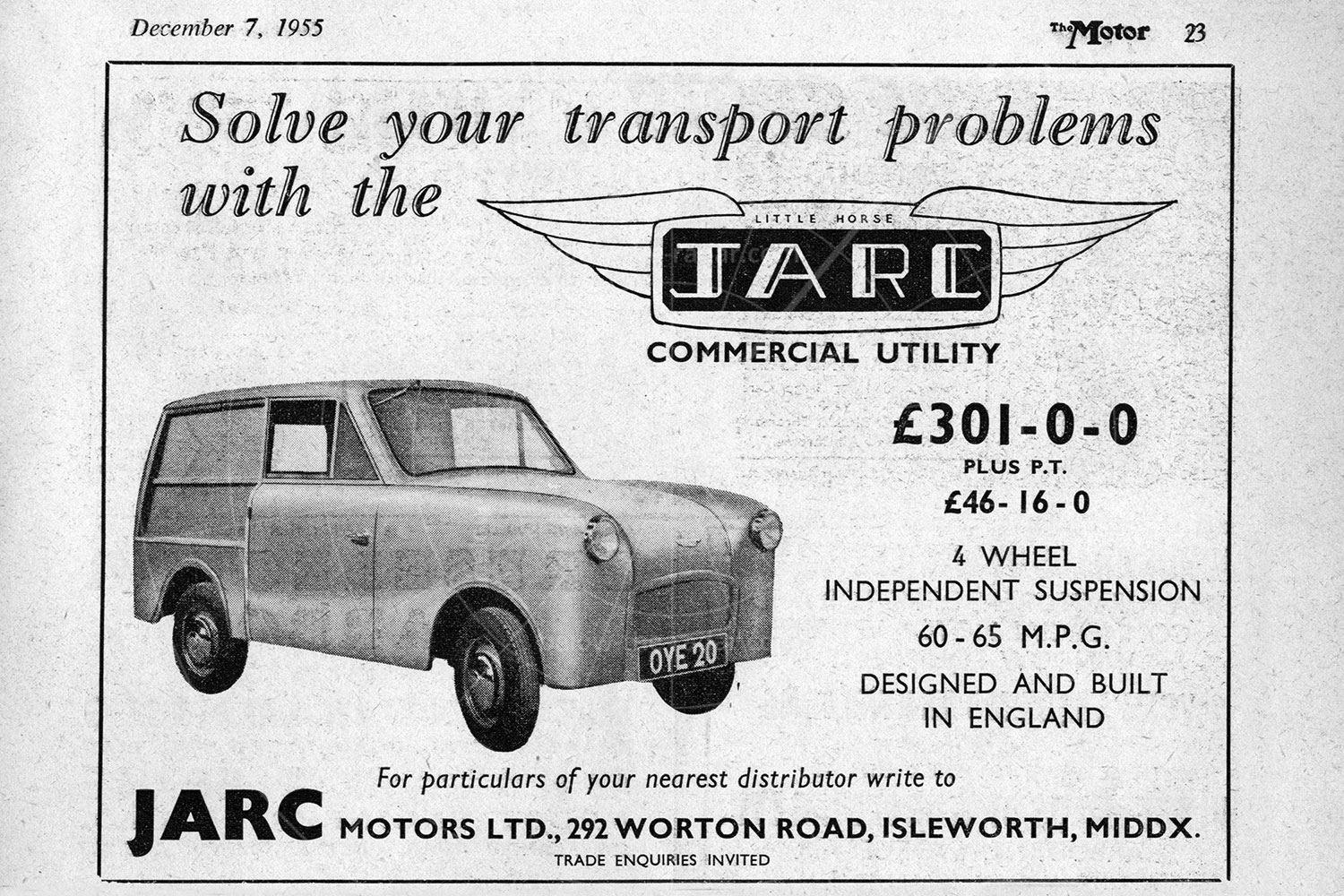
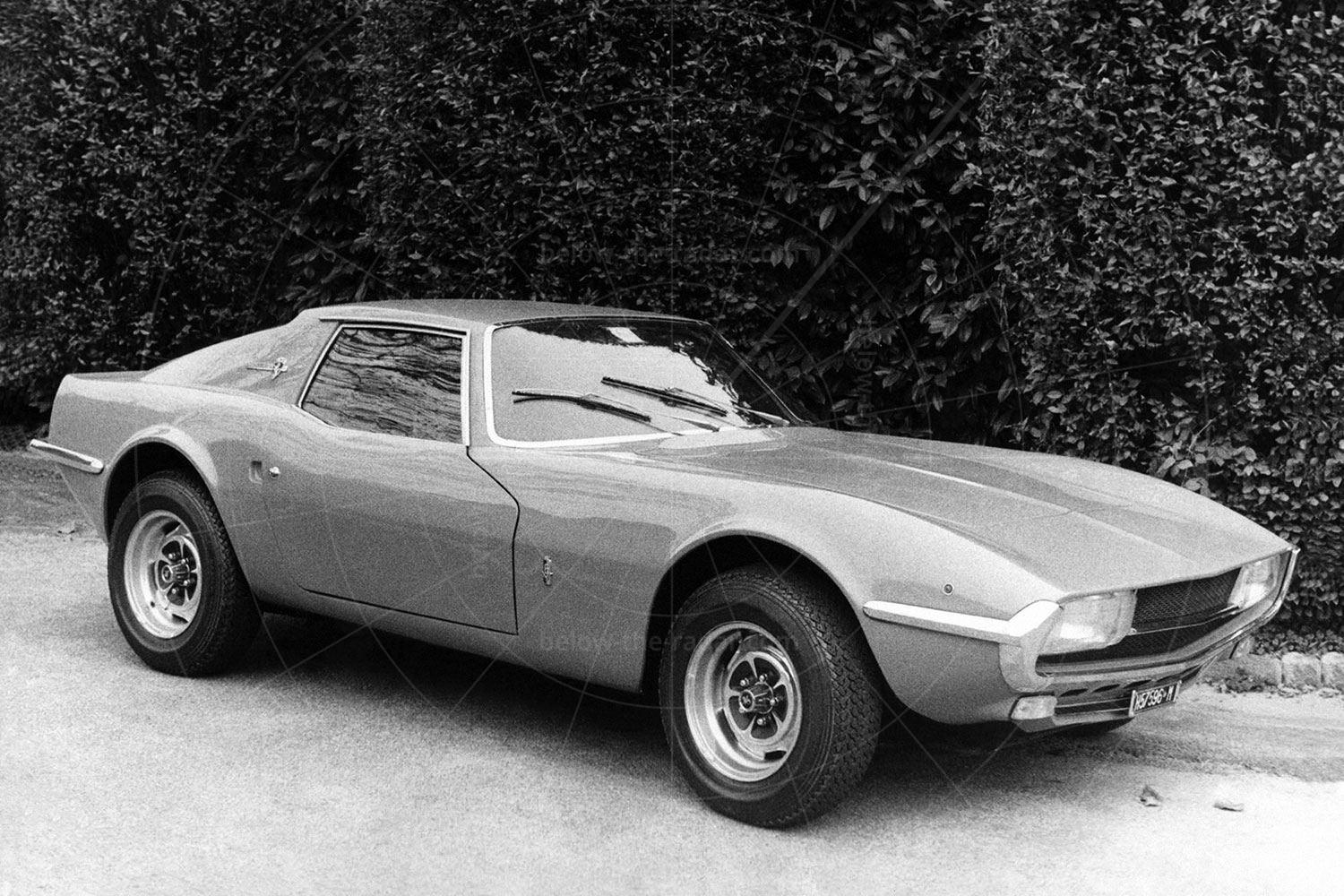
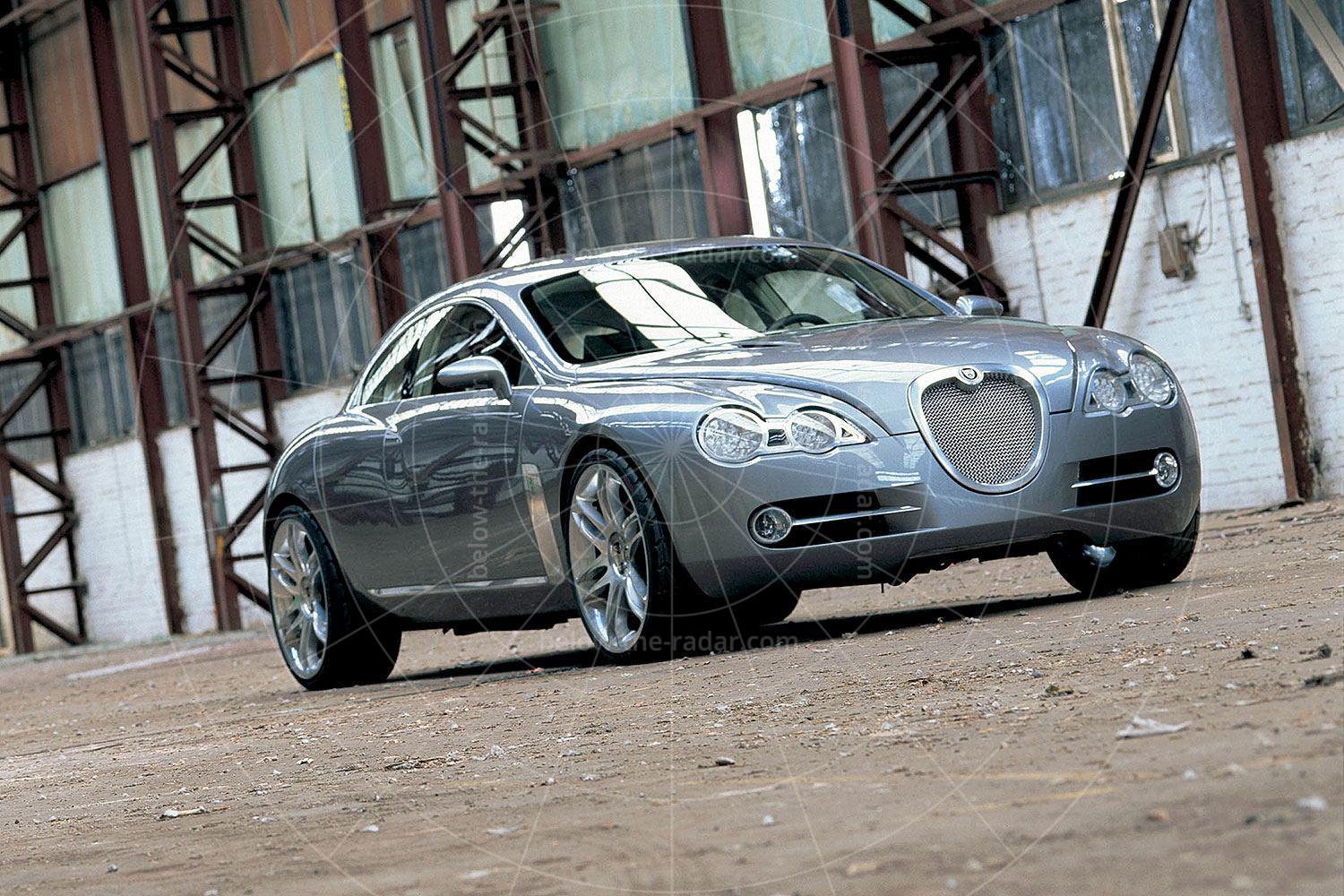
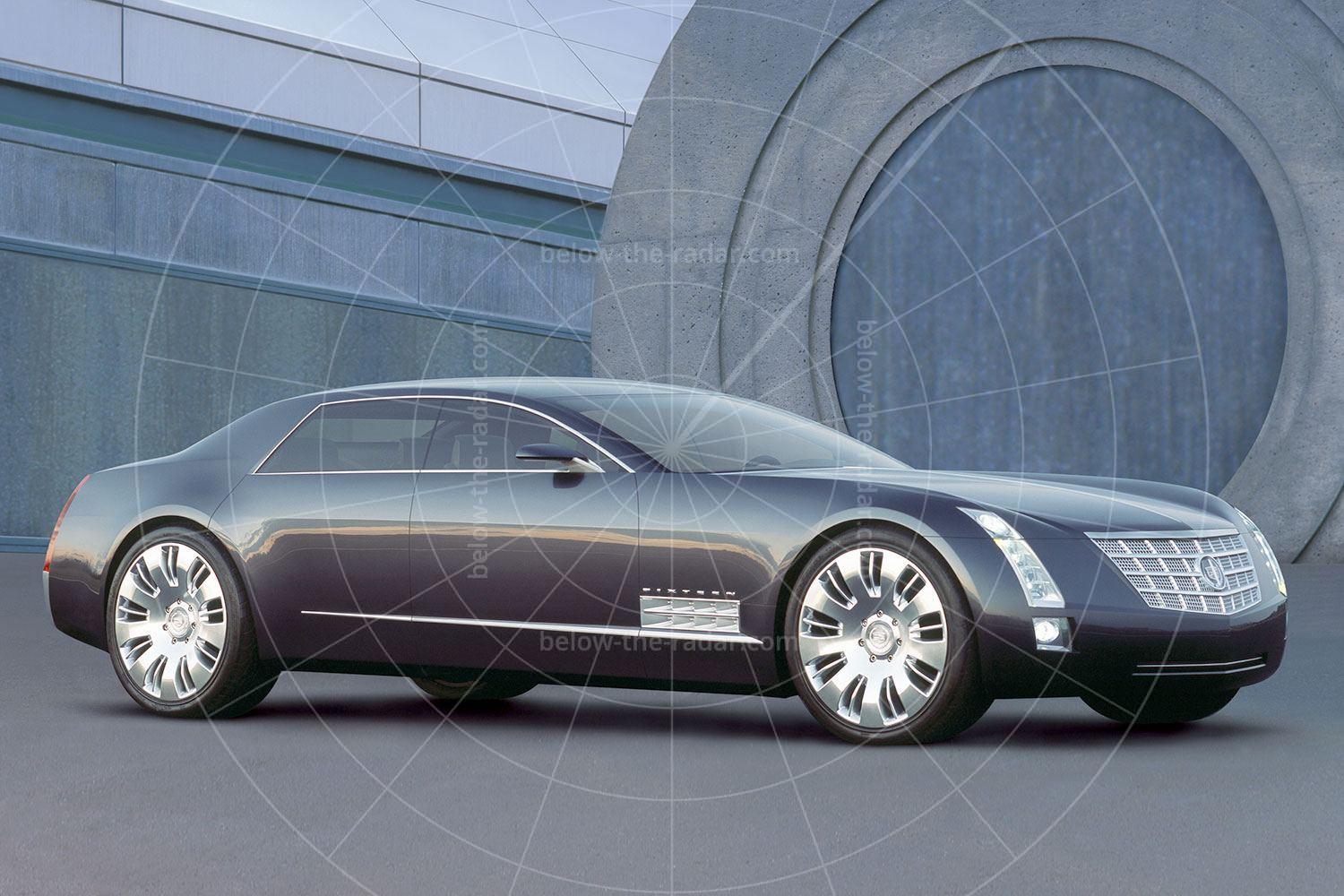
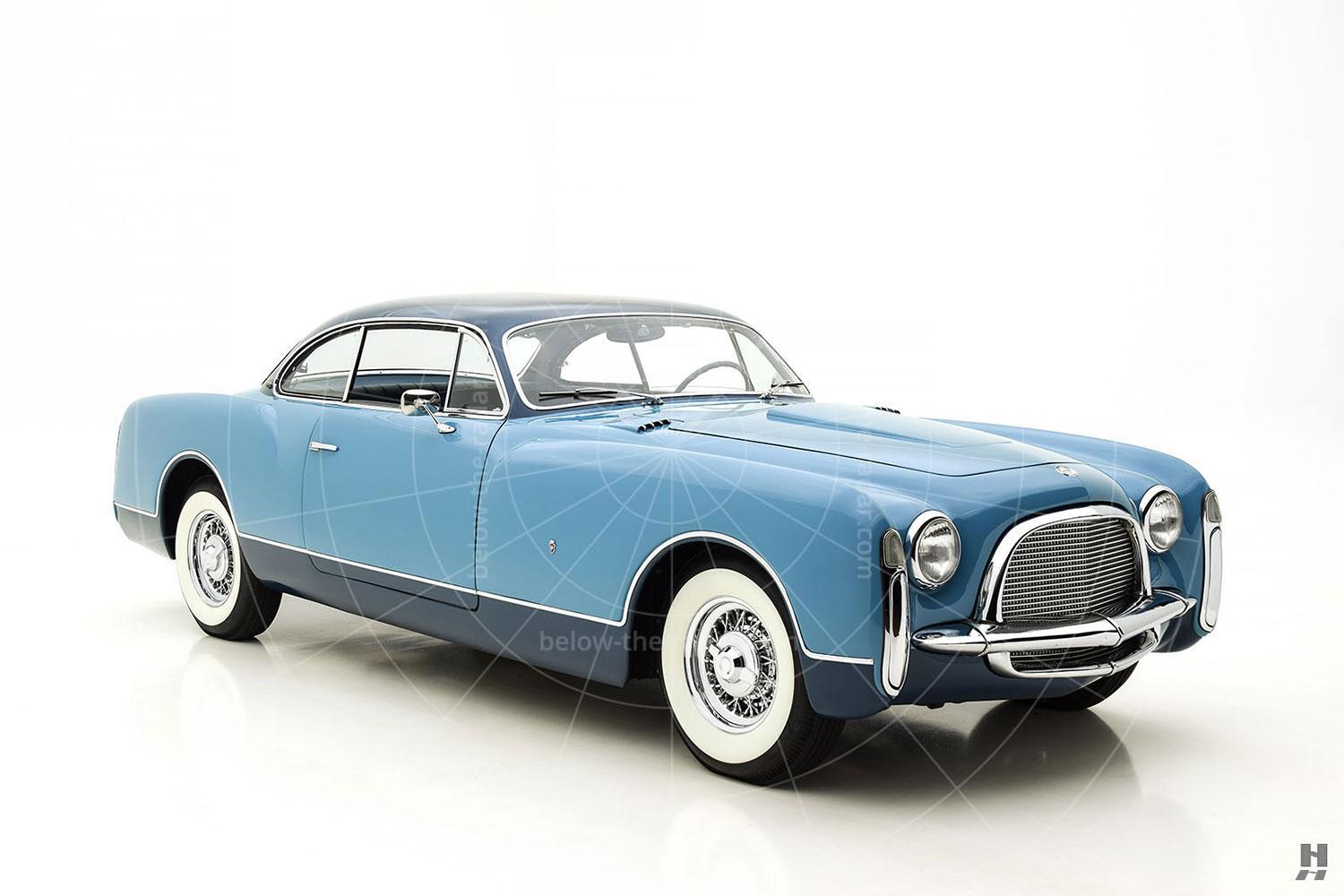
4 Comments